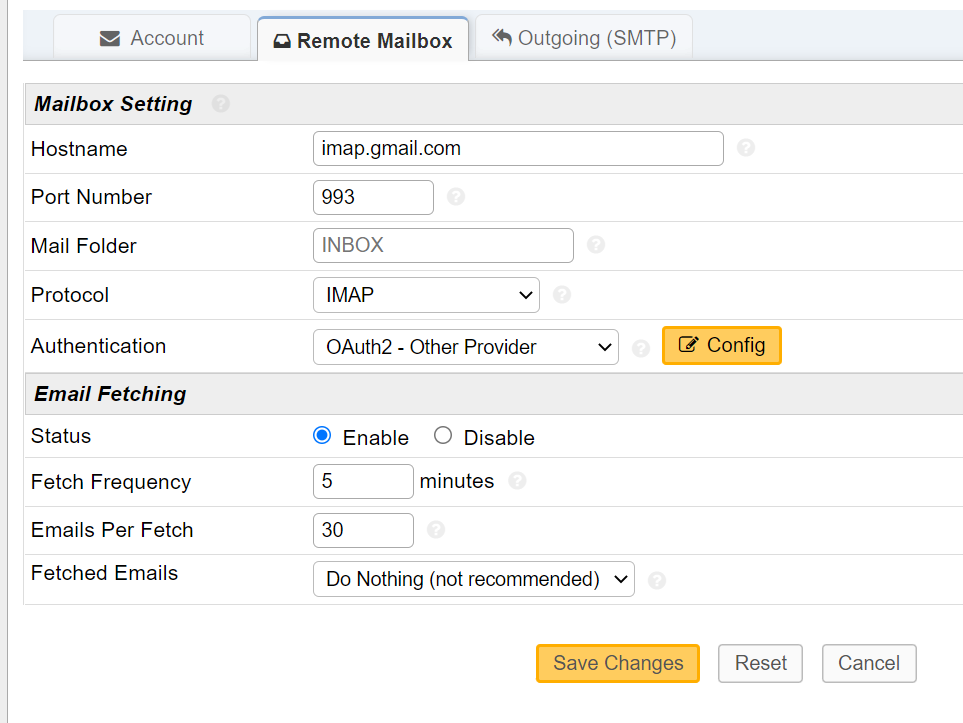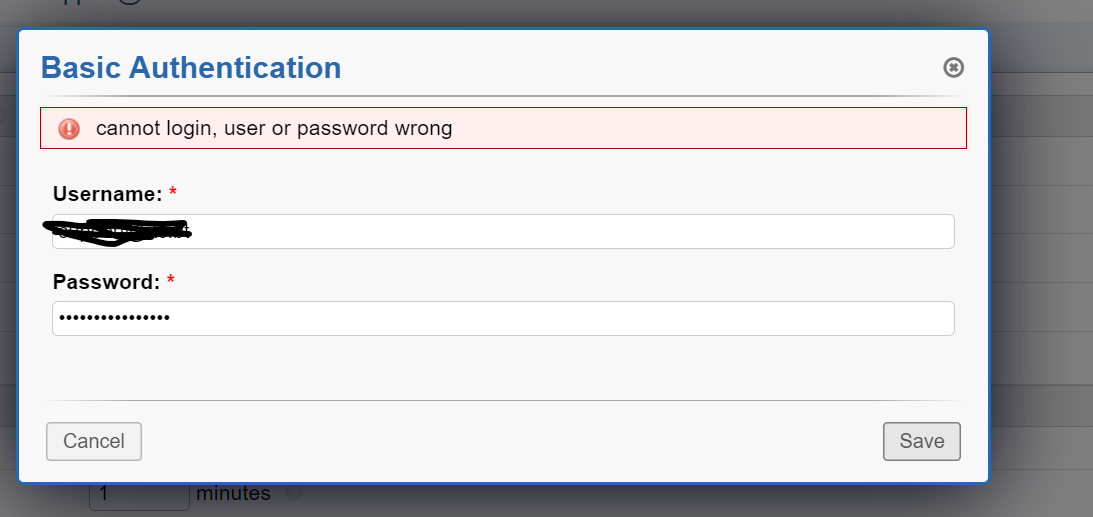Is there any update on this plugin or plans to change to 'prompt=login' in future? We're also unable to use it as our users can't consent themselves and admin consent is needed. This is a common setup in environments for security. Even when admin consent is granted, it won't work because prompt=consent forces the prompt each time, which is against Microsoft's best practice.
The developer has configured the application to require a consent prompt every time it is used (note: this behavior isn't best practice).
Following Microsoft's recommendations and best practices, many organizations have disabled or limited users' permission to grant consent to apps. If an application forces users to grant consent every time they sign in, most users will be blocked from using these applications even if an administrator grants tenant-wide admin consent. If you encounter an application which is requiring user consent even after admin consent has been granted, check with the app publisher to see if they have a setting or option to stop forcing user consent on every sign in.
https://learn.microsoft.com/en-us/azure/active-directory/manage-apps/application-sign-in-unexpected-user-consent-prompt
We've never had to rebuild a plugin before and it seems a bit heavy handed, especially for some of our staff who don't have much php or command line experience. It also means it's another thing to be aware of whenever upgrading osTicket/plugins as any new versions will break existing setups again.
Would it be possible to update the official plugin to use prompt=login as it would still accomplish the goal of confirming the email address?



